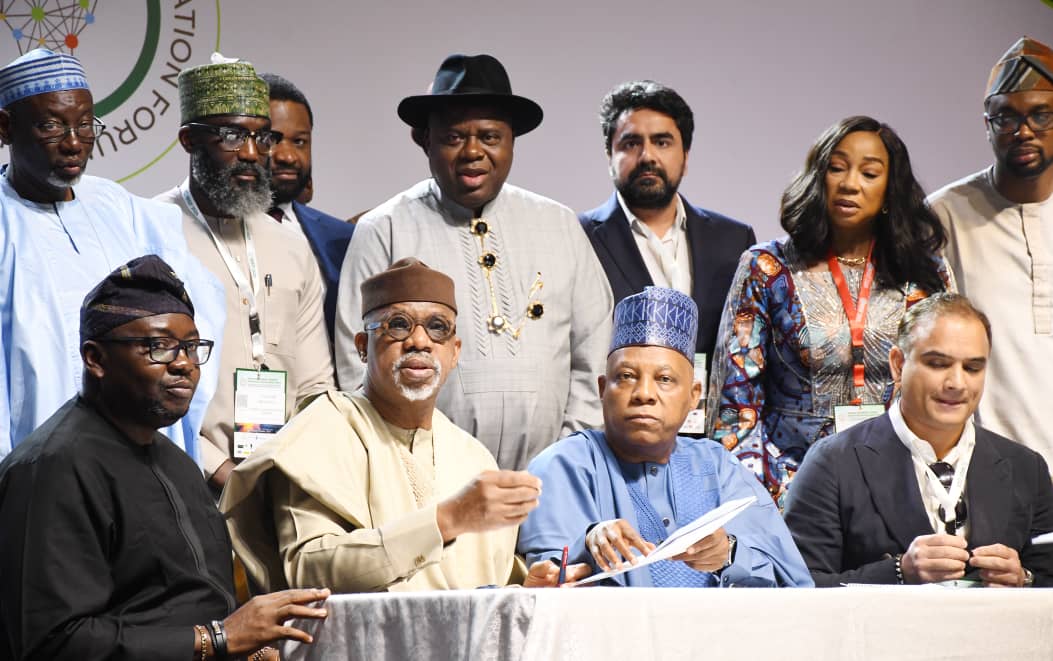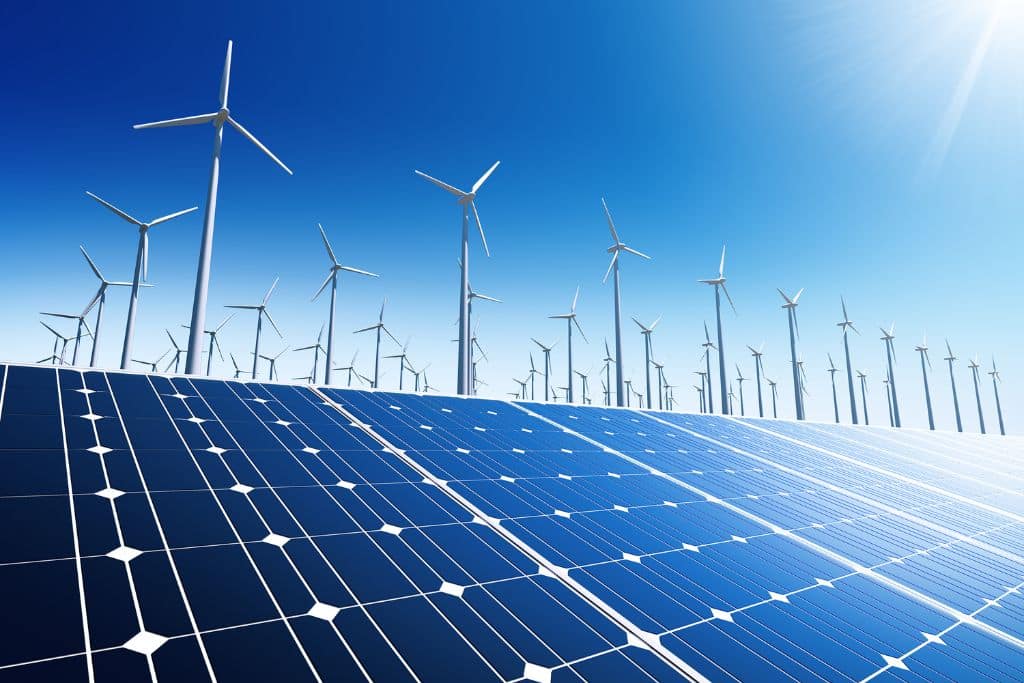Nigeria says its energy transition could attract more than $410 billion in investment between now and 2060, with an immediate funding gap of roughly $23 billion to end energy poverty and a long-term goal of 277 GW of installed capacity by 2060.
That combination, huge finance, clear capacity targets, and new manufacturing deals marks Nigeria’s most ambitious push yet to turn its vast domestic market and mineral resources into an African clean-energy industrial base.
What the $410bn Number Means
Vice-President Kashim Shettima announced that the $410 billion represents the total investment opportunity Nigeria expects through 2060 as it shifts to renewables, storage, and grid expansion. The figure is not a single cheque but a cumulative projection spanning project finance, local manufacturing, grid build-out, and energy services.
Why this matters for Africa: Nigeria is the continent’s largest economy by GDP and population. If the country can localize manufacturing (solar PVs, batteries, smart meters), scale distributed solutions (mini-grids), and mobilize private capital, it could become a regional export base for renewable energy components and services, not just a big consumer.
What the Government Is Doing Now
Officials say recent forums and MOUs have already produced hundreds of millions of dollars in new commitments for local solar manufacturing, battery storage, and smart meter production. These early-stage projects aim to create jobs, build technical skills, and establish supply chains for future expansion.
The Power Ministry has announced plans to develop nearly 4 GW of local solar factory capacity to tackle domestic supply bottlenecks and reduce reliance on imports.
Nigeria is also advancing distributed renewable energy deals to reach millions still off-grid. In early 2025, the government signed a $200 million partnership with an African mini-grid company to deploy hundreds of renewable mini-grids, a practical step expected to reach 1.5–2 million rural customers.
How Nigeria Can Become a Hub
1. Demand Scale
Nigeria’s large population and growing industrial demand create a huge domestic market for panels, inverters, and batteries. Such scale reduces unit costs and attracts major equipment manufacturers.
2. Minerals and Supply Chains
The country has significant deposits of critical minerals needed for battery and electronics manufacturing. With the right policy mix combining mining, local processing, and assembly, Nigeria could capture more value within Africa’s renewable supply chain.
3. Policy Signals and Incentives
Early procurement and targeted factory incentives including tax holidays, land allocations, and public-private partnerships will reduce investor uncertainty and attract original equipment manufacturers (OEMs).
4. Regional Demand Spillovers
Neighboring countries like Ghana, Benin, and Niger lack comparable manufacturing capacity. A Nigerian renewable manufacturing hub could serve the entire West and Central African market, provided trade policies and logistics are streamlined.
Risks and Constraints
Financing vs. Bankability: $410 billion is a headline opportunity. Converting it into real projects requires creditworthy off-takers, transparent tenders, and de-risked funding mechanisms.
Grid and System Integration: Adding large volumes of solar and wind energy demands modern grids, flexible storage, and technical training.
Local Content and Skills: Factories and jobs will only materialize if Nigeria develops strong supply chains and technical education systems.
Regional Competition: South Africa, Egypt, Morocco, and Kenya are all expanding renewable manufacturing. Nigeria must move fast to secure investor confidence.
African Case Studies
- Nigeria – Mini-Grids: The $200 million distributed energy program demonstrates how mini-grids can rapidly expand access while building local expertise.
- South Africa – Manufacturing Incentives: Clear industrial policies are attracting EV and battery producers, offering a model Nigeria can adapt.
- Kenya – Solar Manufacturing: Kenya’s early steps toward solar assembly lines highlight how regional collaboration can strengthen Africa’s clean energy value chain.
Also read: How Many Wind Farms Would It Take to End South Africa’s Load-Shedding?
FAQs
Q1: What is Nigeria’s $410bn renewable investment plan?
It’s the cumulative investment opportunity expected from now to 2060 across generation, storage, grid infrastructure, local manufacturing, and off-grid projects.
Q2: How much does Nigeria need to end energy poverty?
The government estimates an immediate funding gap of about $23 billion to achieve universal energy access.
Q3: Are there real investments already committed?
Yes. Over $400 million in clean energy manufacturing and infrastructure deals have already been signed, including mini-grid partnerships.
Q4: Can Nigeria manufacture solar panels and batteries locally?
Yes the market size, mineral resources, and labor availability make it viable. The key challenges are attracting investors and improving technical capacity.
Q5: What are the main risks?
Key risks include financing gaps, policy delays, grid challenges, and competition from established manufacturing economies in Africa.



